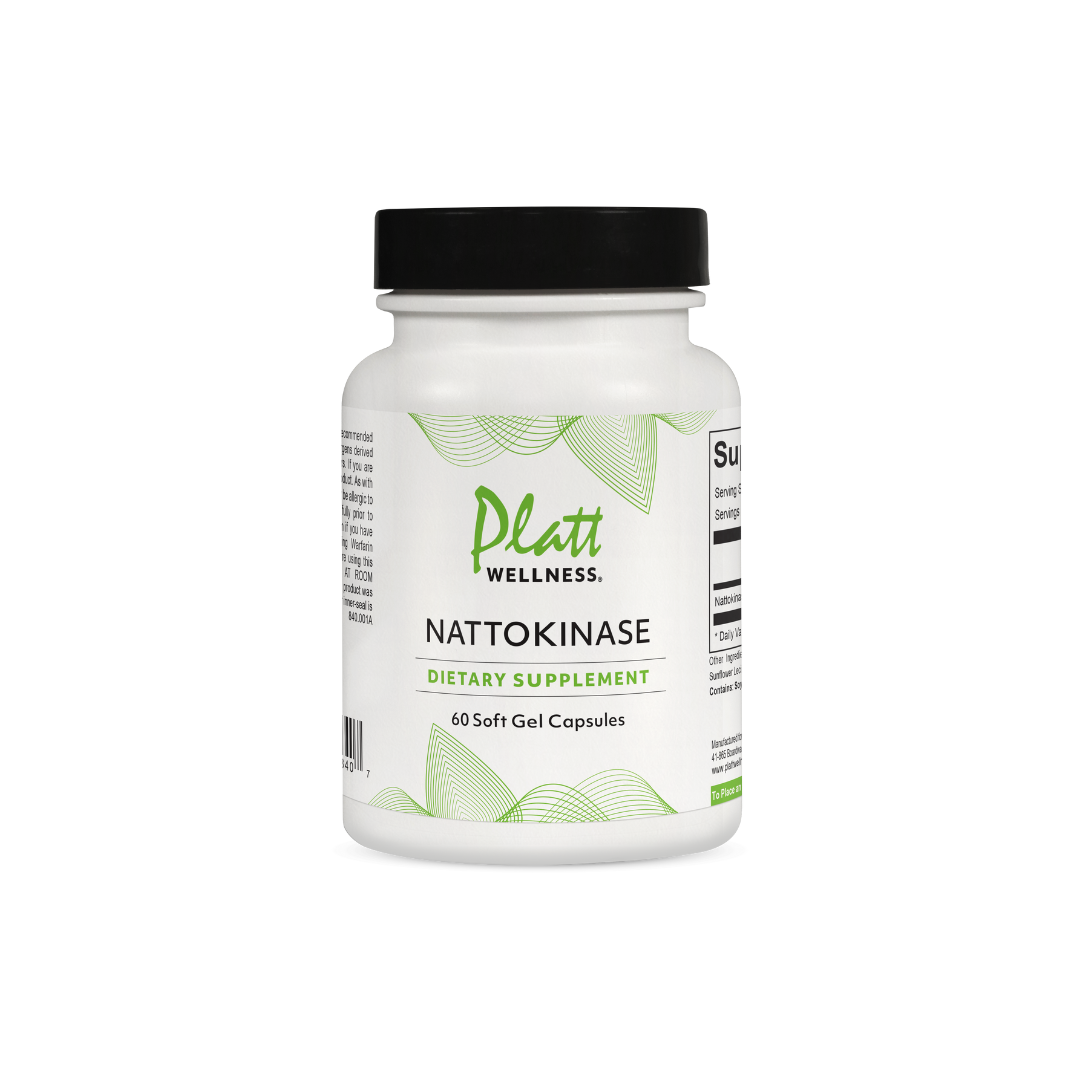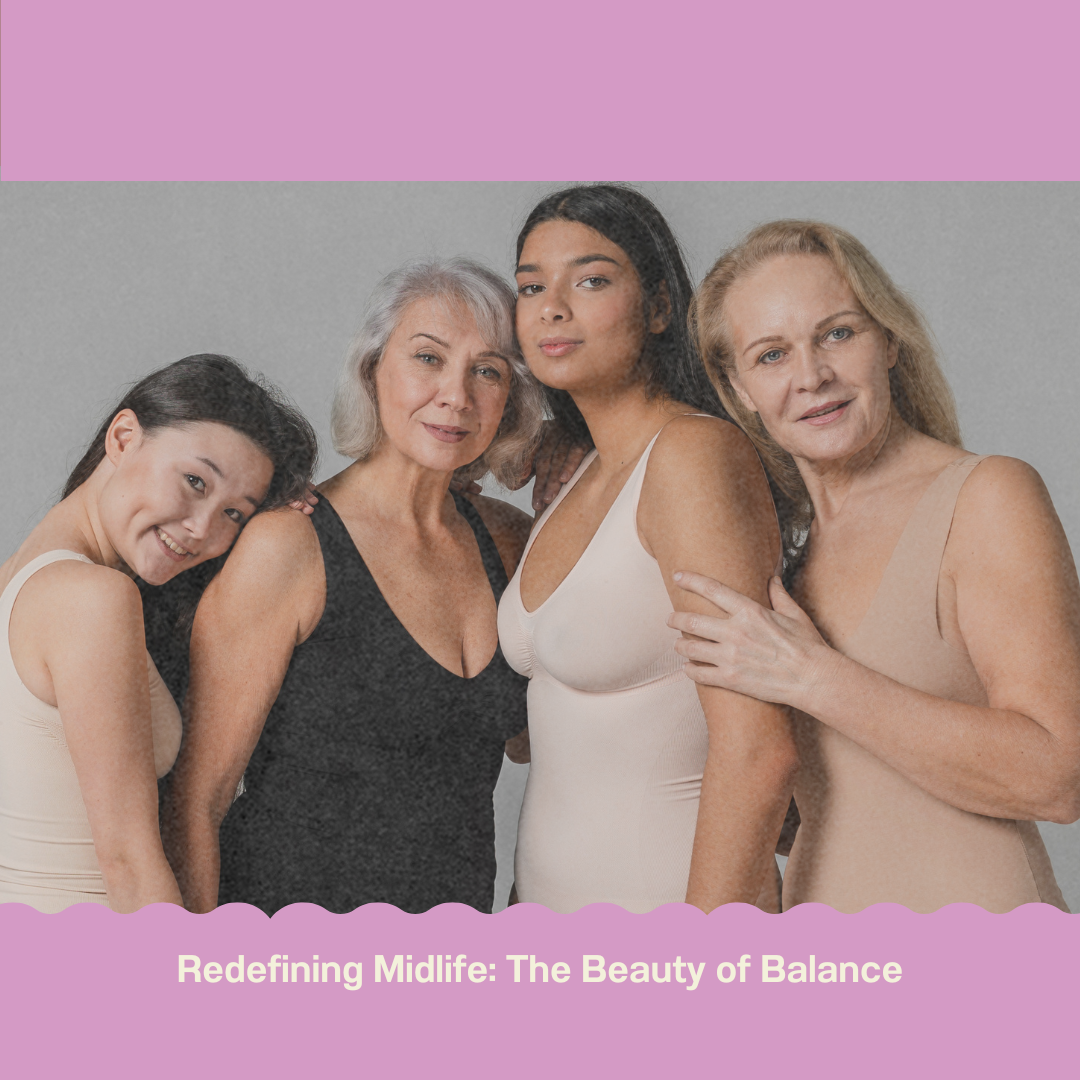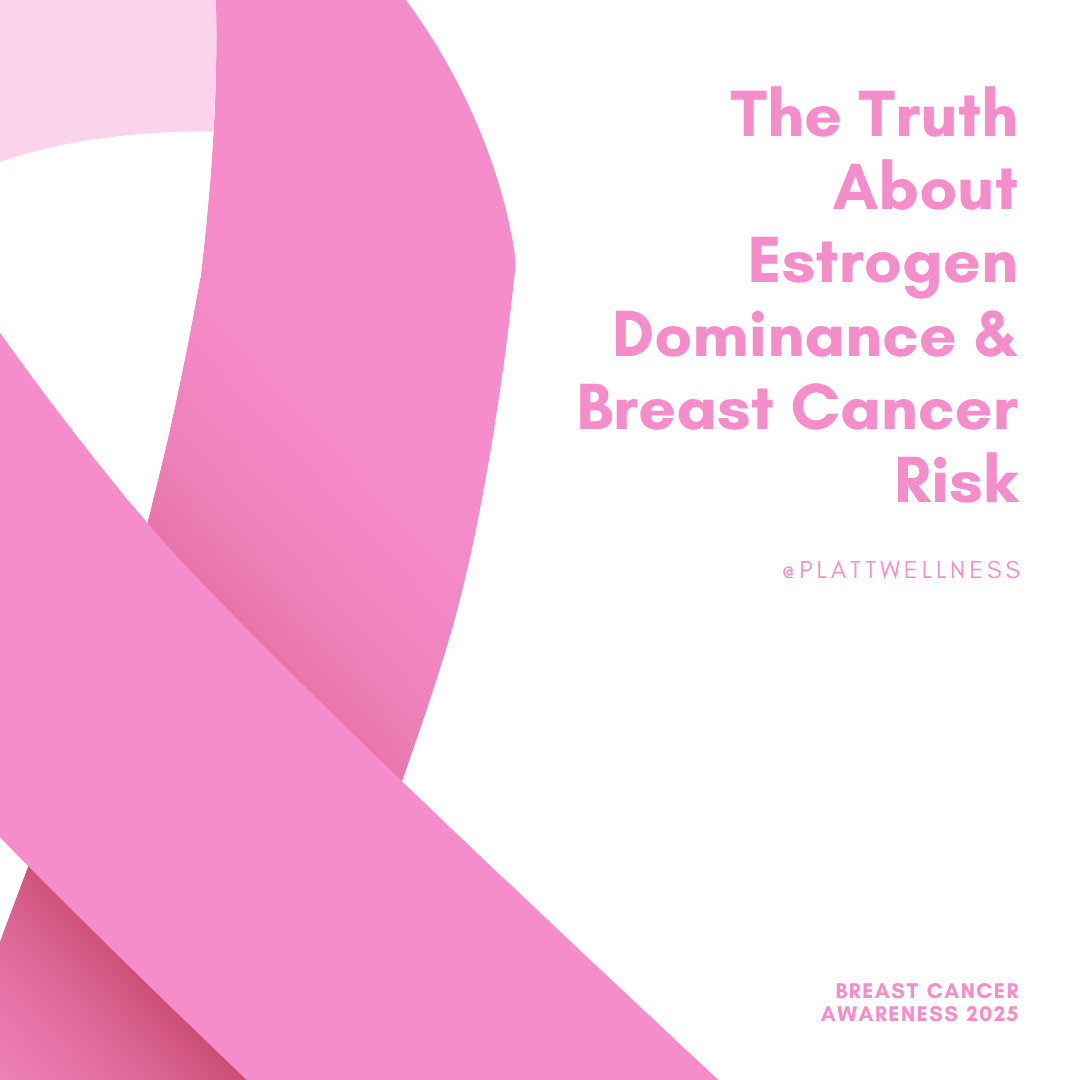When it comes to treating osteoporosis, many women are prescribed medications like Fosamax (alendronate), a bisphosphonate designed to slow bone loss. While it may appear to be a quick fix, growing concerns over side effects, long-term consequences, and the nature of the bone it helps build have led many to explore safer, natural alternatives. One such alternative—recommended by the late Dr. John Lee in his landmark book What Your Doctor May Not Tell You About Menopause—involves the use of bioidentical progesterone cream and targeted supplementation.
At Platt Wellness, we advocate for root-cause healing and natural hormone balance. In this article, we’ll explore the potential pitfalls of taking Fosamax, compare it to the natural approach of using progesterone cream, and help you make an informed decision about your long-term bone health.
What Is Fosamax and How Does It Work?
Fosamax belongs to a class of drugs called bisphosphonates. It works by inhibiting osteoclasts—the cells responsible for breaking down old bone. By slowing this process, Fosamax allows bone-building cells (osteoblasts) to continue laying down new material. On the surface, this sounds ideal: less bone loss and more bone density.
However, bone is a dynamic, living tissue. Healthy bones require regular breakdown and rebuilding to maintain strength and flexibility. Fosamax disrupts this natural remodeling process, potentially leading to harder—but more brittle—bones over time.
Common Side Effects of Fosamax
While Fosamax can increase bone mineral density on a DEXA scan, it comes with a wide array of side effects that concern many integrative and functional medicine practitioners:
-
Gastrointestinal Issues: Nausea, abdominal pain, acid reflux, and esophageal irritation are common complaints. Some patients develop esophagitis or ulcers if the pill is not taken exactly as prescribed (with a full glass of water, on an empty stomach, and remaining upright for 30 minutes).
-
Bone, Joint, and Muscle Pain: Ironically, many people experience musculoskeletal pain—a condition the drug is meant to improve.
-
Osteonecrosis of the Jaw (ONJ): Though rare, this devastating condition involves jawbone death, often after dental surgery or infection.
-
Atypical Femur Fractures: Long-term use has been linked to rare but serious thigh bone fractures, often with little or no trauma involved.
-
Suppressed Bone Turnover: Fosamax may build denser bone, but it's often structurally abnormal. Without the regular renewal cycle, bones can become dense but brittle—akin to putting a shellac coating over a crumbling wall.
What the DEXA Scan Doesn’t Tell You
Bone density tests like DEXA scans measure the quantity of bone, not the quality. Fosamax can improve scan results without improving actual bone resilience. In fact, many users report an increase in fractures after years on the drug. It’s like putting a fresh coat of paint on a rotting fence—the surface looks better, but the structure remains compromised.
The Natural Approach: Progesterone Cream and Targeted Supplements
Dr. John Lee was a pioneer in natural hormone balance. In his research and clinical experience, he found that one of the primary causes of postmenopausal osteoporosis was not just a lack of estrogen—but a deficiency in progesterone.
Progesterone stimulates the activity of osteoblasts, the cells responsible for building bone. In women approaching or beyond menopause, progesterone levels often decline dramatically, while estrogen may remain relatively high or fluctuate unpredictably. This hormonal imbalance contributes to decreased bone formation.
Estrogen vs. Progesterone: Understanding the Difference in Bone Health
Estrogen plays an important role in preserving bone density by slowing the activity of osteoclasts—the cells that break down bone. This is why estrogen is often helpful in preventing osteoporosis, particularly around the time of menopause. However, research shows that estrogen alone does not rebuild bone once significant loss has occurred. It is antiresorptive, not anabolic.
On the other hand, natural progesterone has been shown to actively stimulate osteoblasts, encouraging the growth of new bone tissue. According to Dr. Lee and later clinical observations, progesterone is not just protective—it’s restorative. It helps rebuild bone mass, making it a crucial part of any natural osteoporosis reversal plan.
Natural Progesterone Cream
Dr. Lee and Dr. Platt recommend a transdermal bioidentical progesterone cream (not synthetic progestins) applied to the skin. This route avoids first-pass liver metabolism and mimics the body’s natural rhythms more effectively.
Benefits of natural progesterone for bone health include:
-
Stimulates osteoblast activity and bone regeneration
-
Balances excess estrogen, which can contribute to inflammation and calcium loss
-
Supports better sleep and mood—both critical for recovery and hormone regulation
Dr. Platt’s Supplement Protocol for Stronger Bones
At Platt Wellness, we take a functional, hormone-focused approach to healing osteoporosis. Dr. Michael Platt recommends the following supplements to naturally support bone regeneration, hormone balance, and overall wellness:
-
Strontium (500 mg) – One capsule twice a day; shown to significantly increase bone formation and strength
-
Boron (6–12 mg per day) – Helps the body retain magnesium and supports hormonal balance
-
Magnesium Chelate (600 mg per day) – Crucial for bone flexibility and calcium regulation; often more important than calcium itself
-
DHEA (25 mg per day) – A bioidentical hormone that supports bone density, muscle mass, and mood
-
Zinc (50 mg per day) – Essential for bone mineralization and immune support
-
Melatonin (20 mg at bedtime) – A powerful antioxidant that promotes bone growth and improves sleep quality, both of which are essential for healing osteoporosis naturally
-
Ultra K2 & D3 - When K2 is teamed up with D3, you're giving your heart, bones and hormones the best change to thrive. K2 helps protect against heart disease because it carriers the calcium out of the blood directly to the bones where is helps prevent and reverse osteoporosis.
How the Natural Approach Compares Long-Term
While Fosamax builds bone mass quickly (at least according to DEXA scans), it does so by shutting down a vital part of bone metabolism. This may lead to denser but more fragile bones, especially after five years or more of continuous use.
In contrast, the natural approach works with your body’s own healing mechanisms. It supports the actual creation of healthy bone tissue rather than simply halting breakdown. While it may take longer to show improvements on paper, the quality and integrity of the bone is often superior.
Natural therapies also come without the harsh side effects of pharmaceuticals. They not only improve bone health, but also support better sleep, mood, and hormonal harmony—all of which play a role in how your body absorbs and utilizes nutrients.
So, Should You Ditch Fosamax?
That’s a decision best made with a trusted, holistic-minded healthcare provider. However, many women find success transitioning from medication to a comprehensive, natural protocol—especially when they’re supported through lifestyle changes like:
-
Weight-bearing exercises (e.g., walking, dancing, strength training)
-
Anti-inflammatory diet rich in minerals and whole foods
-
Stress management techniques like meditation, yoga, and breathwork
-
Balancing hormones naturally with bioidentical creams and clean supplementation
Final Thoughts: Your Bone Health, Your Choice
Fosamax may have its place in acute or high-risk scenarios, but for many women, it’s not a long-term solution. The side effects, questionable long-term outcomes, and potential for brittle bone quality make it a poor match for those seeking whole-body wellness.
At Platt Wellness, we encourage an empowered, natural approach to osteoporosis—one that respects your body’s wisdom and uses gentle, effective tools like progesterone cream, functional supplementation, and lifestyle alignment.
If you're ready to take control of your bone health the natural way, start with understanding your hormone levels, upgrading your nutrient intake, and choosing healing over suppression.
Explore More Resources:








